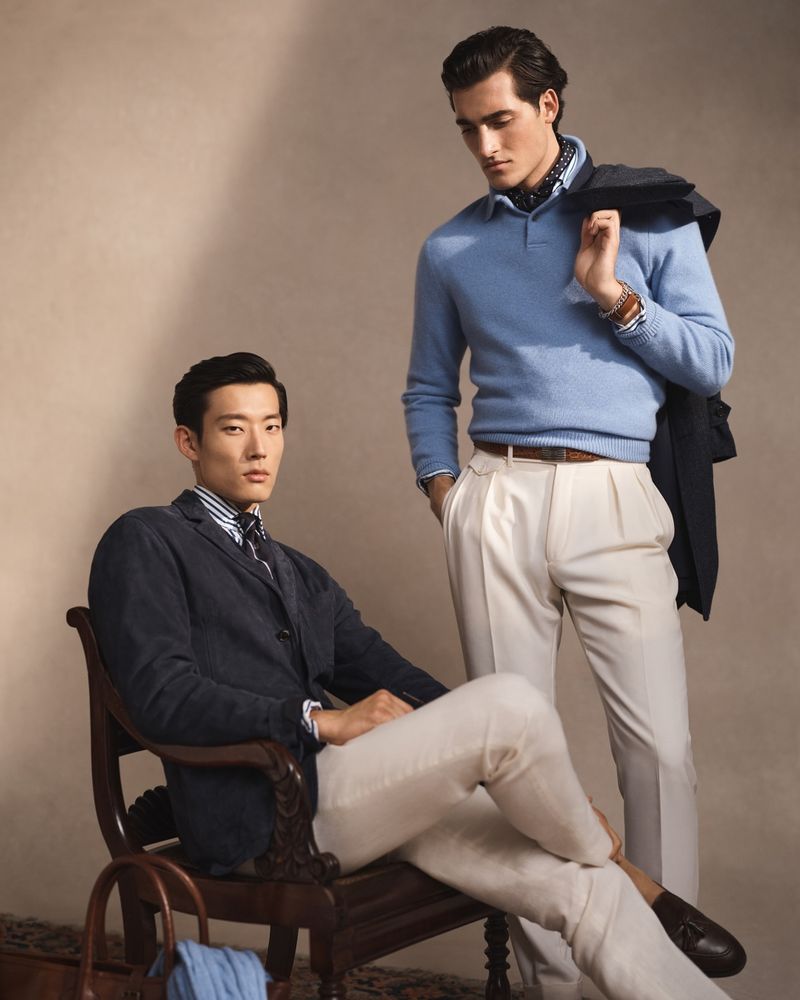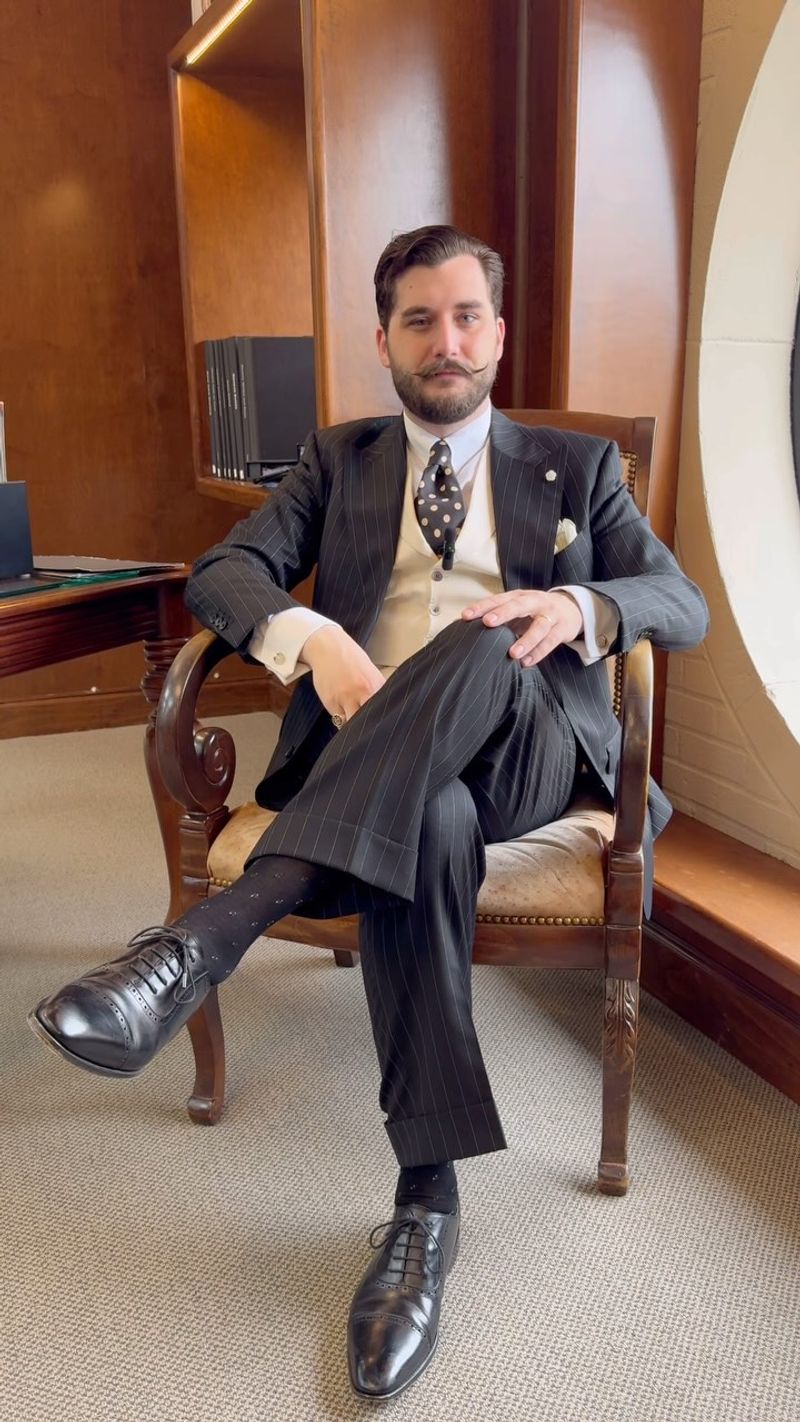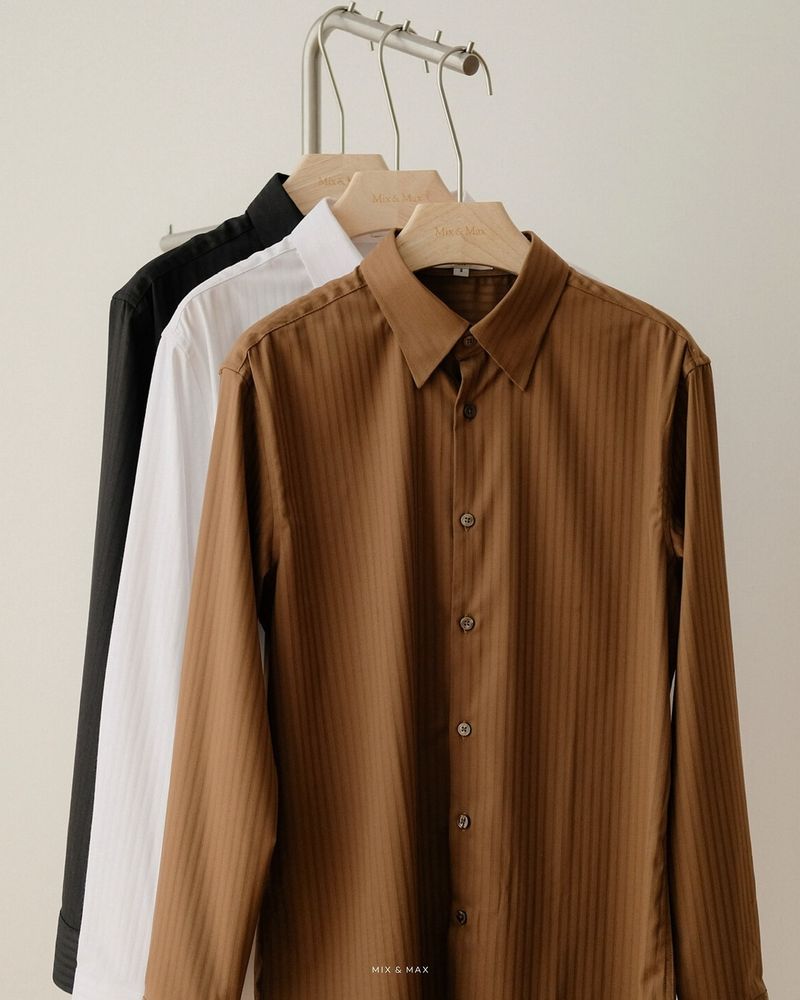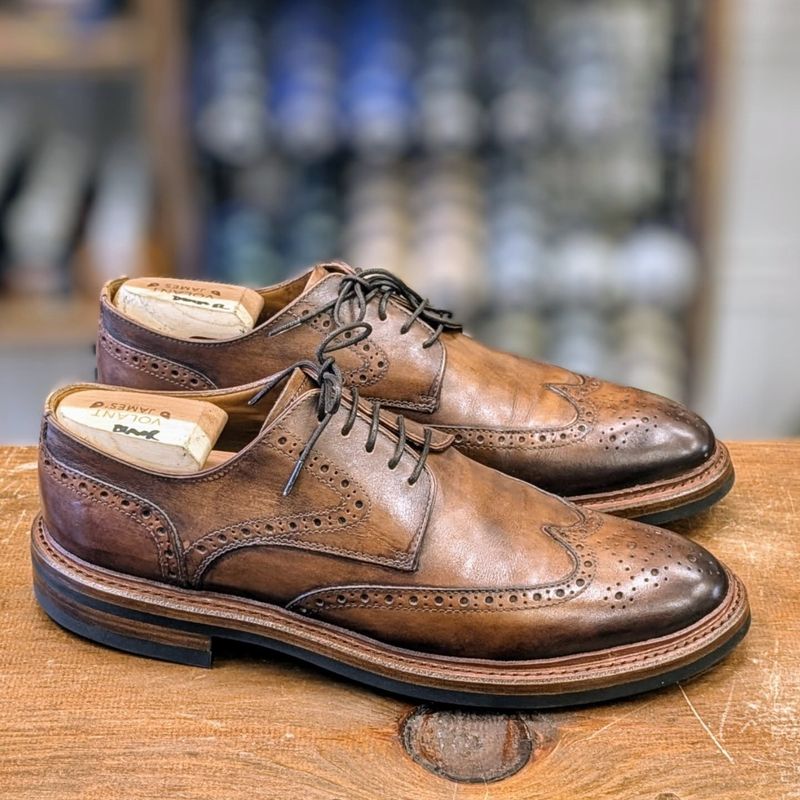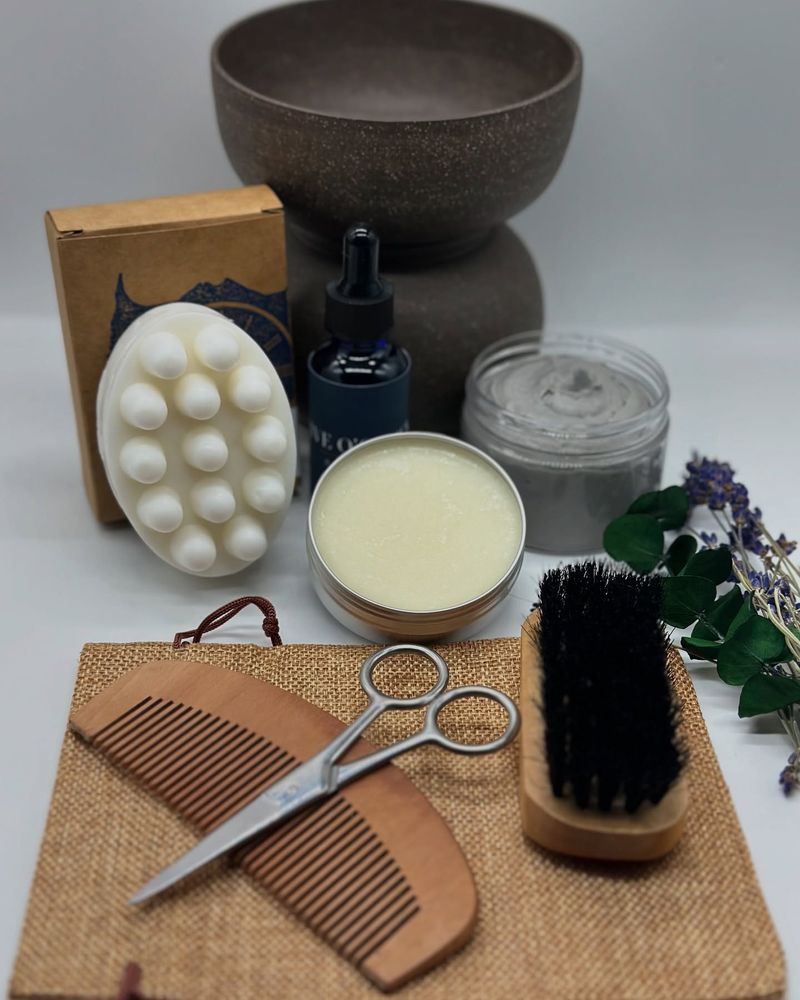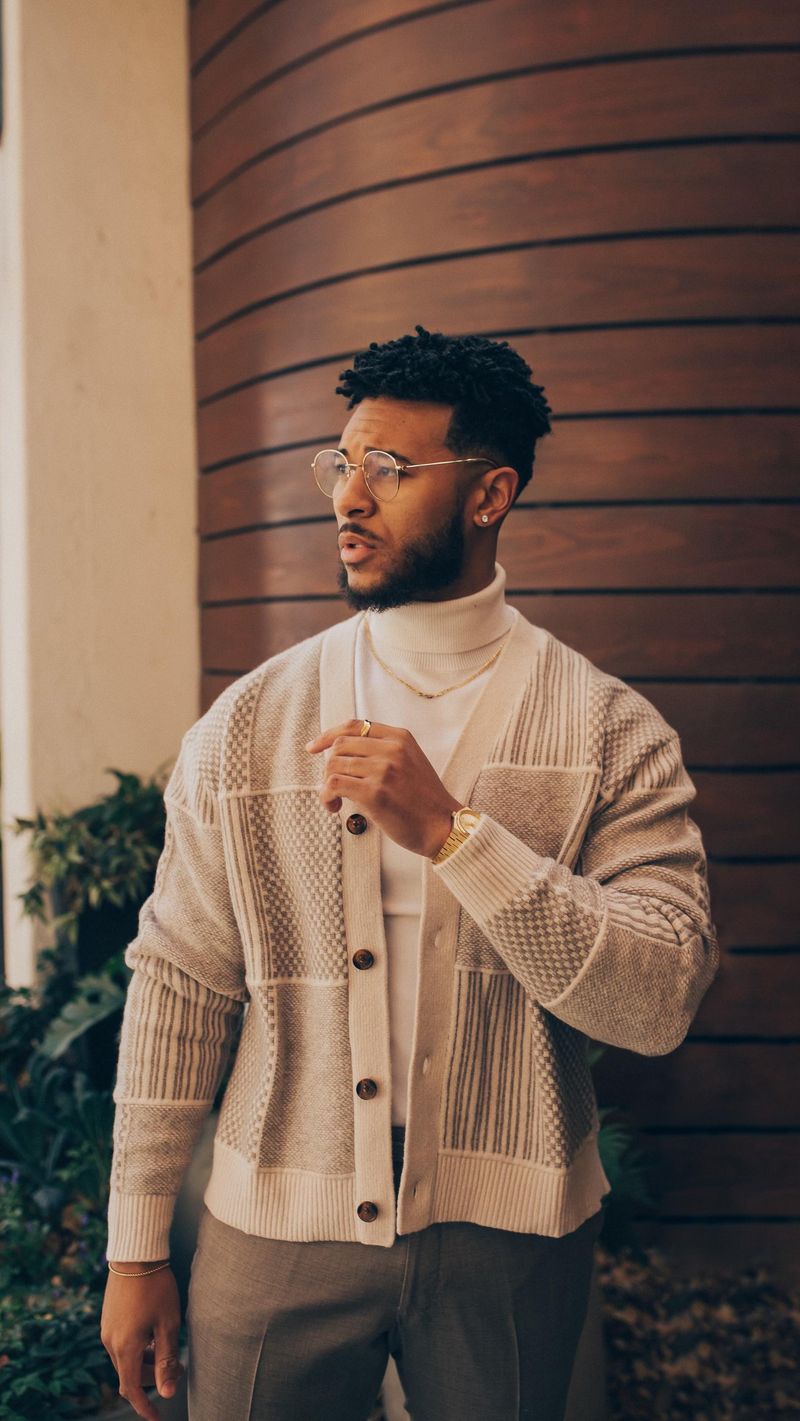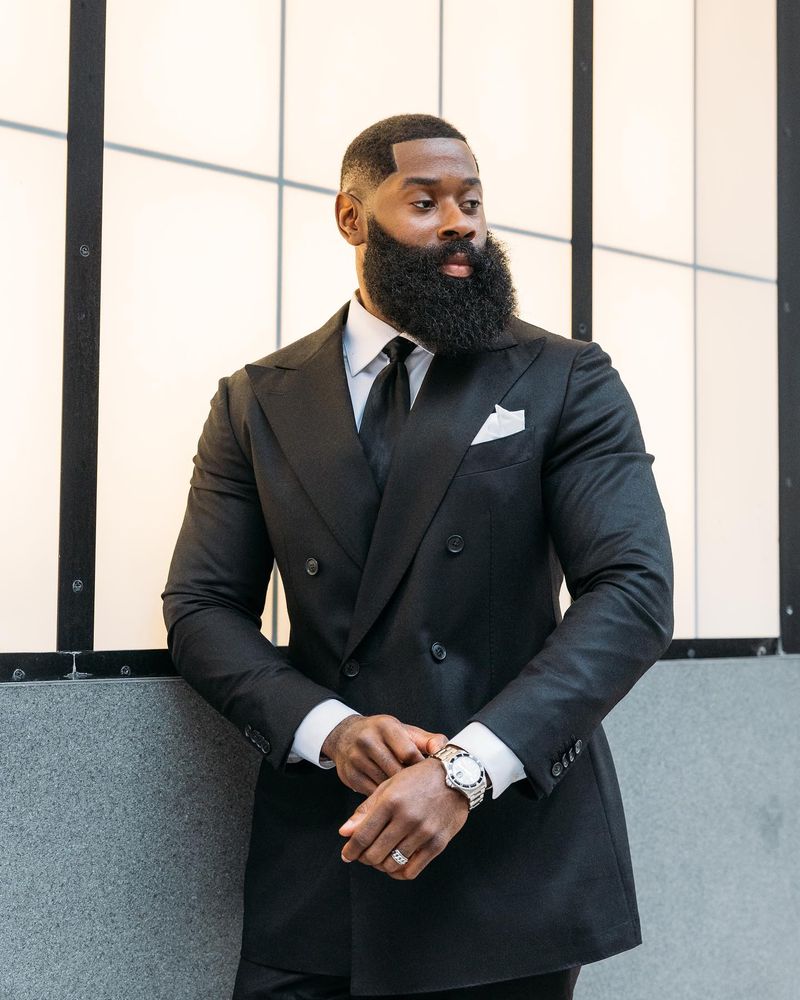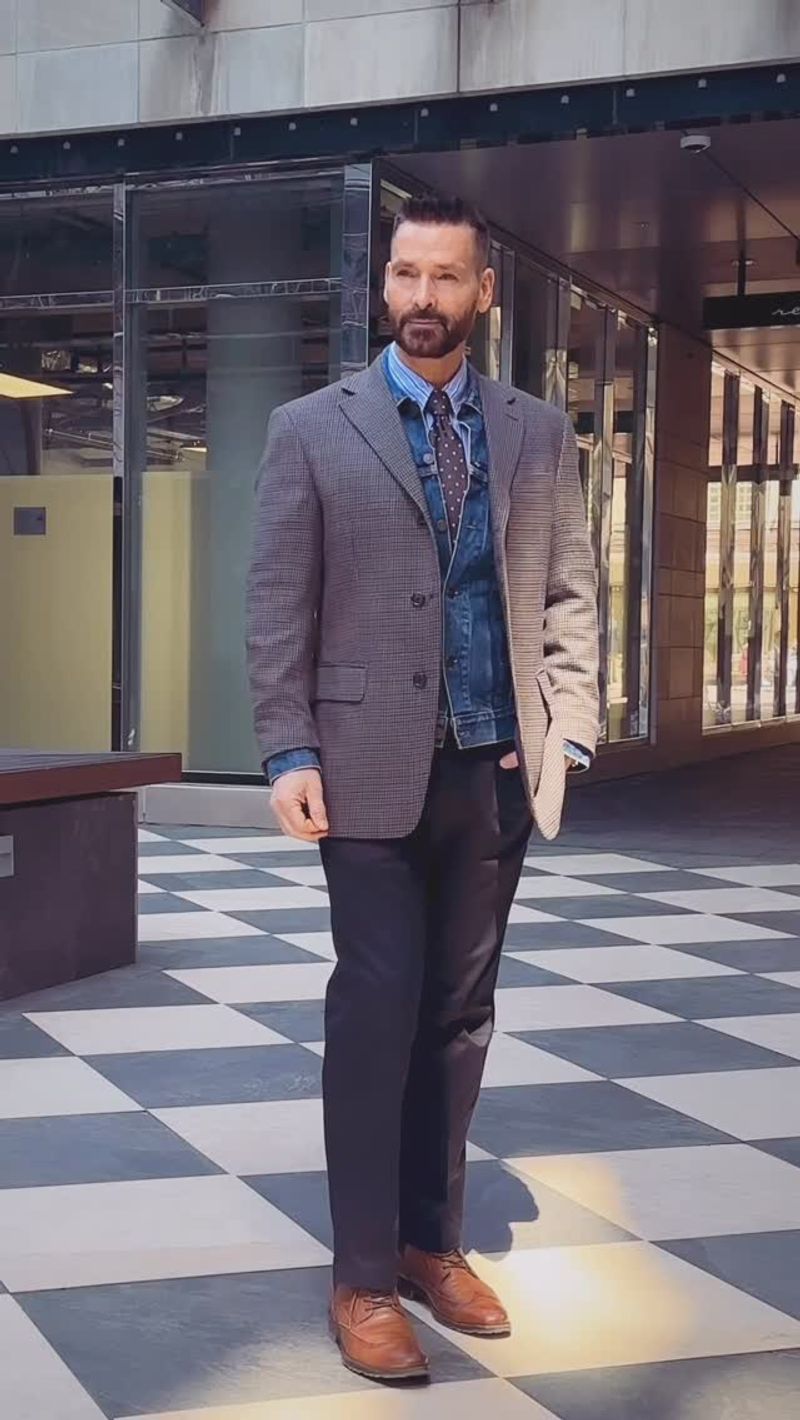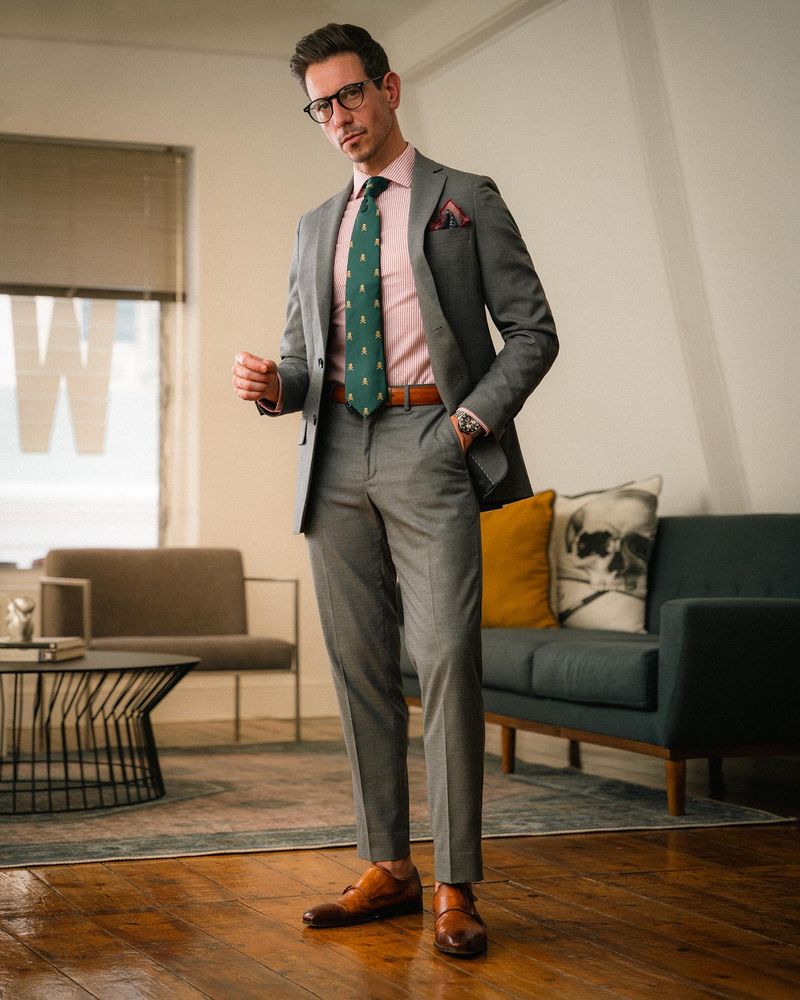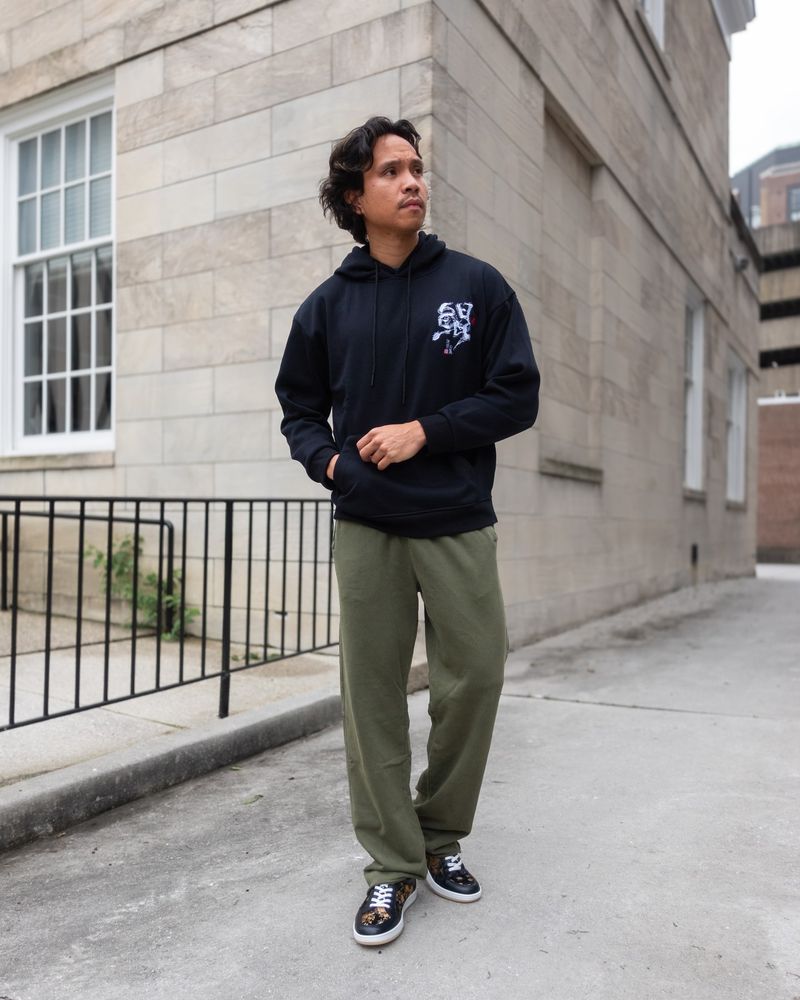10 Men’s Style Rules That Guarantee You Always Look Sharp
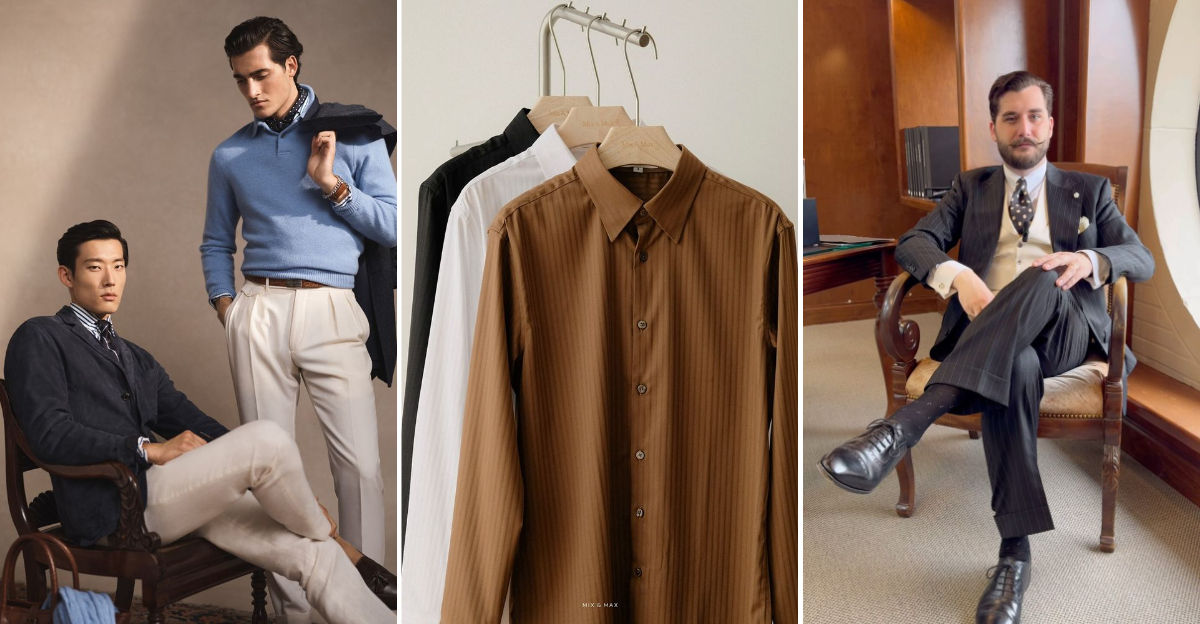
Looking sharp isn’t just about following fashion trends—it’s about mastering timeless style principles that work for every man.
I’ve spent years figuring out what separates the truly well-dressed guys from everyone else, and it comes down to a few key habits.
These ten rules have completely transformed my wardrobe and confidence, making getting dressed each morning much easier.
Master these basics, and you’ll look put-together in any situation without trying too hard.
1. Invest in Quality Over Quantity
One perfect oxford shirt beats five mediocre ones every time. I learned this lesson the hard way after wasting money on cheap clothes that fell apart after a few washes. Quality pieces might cost more upfront but actually save you money long-term.
Look for natural fabrics like cotton, wool, and leather that age well. Check stitching carefully—it should be tight and even with no loose threads. Good clothes should feel substantial in your hands.
Start by upgrading one category at a time. Maybe it’s shoes this month, a great jacket next. Building a quality wardrobe takes time, but the difference in how you look and feel is worth every penny.
2. Master the Art of Proper Fit
Nothing ruins a good outfit faster than bad fit. Your best friend should be a skilled tailor who can adjust clothes to your exact proportions. I once spent $200 on an amazing blazer that looked terrible until I had the sleeves shortened and waist taken in for $40.
Shoulders should end where yours do. Shirt sleeves should hit at your wristbone. Pants should break slightly at the shoe. T-shirts shouldn’t billow at the waist or strain at the chest.
Fit varies between brands, so ignore size labels. Try everything on and move around—sit, stretch, reach up. If it feels uncomfortable in the fitting room, it’ll be unwearable in real life.
3. Build a Foundation of Neutrals
My style improved dramatically when I stopped chasing trends and built a wardrobe around navy, gray, white, black, and tan. These colors work together effortlessly, making morning decisions simple. Plus, neutral clothes hide in plain sight—no one notices if you wear the same gray sweater twice in a week.
Start with versatile pieces: navy blazer, white shirts, gray sweaters, black and brown shoes. These form the backbone of countless outfits. You can always add personality with accessories or one statement piece.
Don’t mistake neutral for boring. Texture adds interest—a knit tie, suede shoes, or textured blazer stands out without relying on loud colors. This approach creates a mature, sophisticated look that works anywhere.
4. Pay Attention to Shoe Quality
People notice your shoes more than you think. I realized this when a colleague complimented my new oxfords during a meeting where I’d also worn a new suit that went completely unmentioned. Good shoes anchor your whole look.
Leather shoes should be polished regularly and fitted with shoe trees when not worn. Invest in at least three quality pairs—perhaps oxfords, loafers, and boots—so you can rotate them. Wearing the same pair daily wears them out faster.
Learn basic care: use cedar shoe trees, clean with saddle soap, condition leather, and resole when needed. Well-maintained shoes can last decades, developing character while remaining sharp. They’re the foundation of grown-up style.
5. Maintain Impeccable Grooming
Even the most expensive clothes look shabby next to unkempt hair and skin. Find a barber who understands your hair type and face shape, then schedule regular appointments. My style transformation began when I stopped waiting until I looked shaggy to get haircuts.
Develop simple daily routines—cleanse, moisturize, trim stray hairs. Keep nails clean and clipped short. If you have facial hair, invest in proper tools to keep it neat.
Fragrance matters too, but subtlety is key. A signature scent that people notice only when they’re close to you makes a stronger impression than something overwhelming. Remember: grooming isn’t vanity—it’s respect for yourself and others.
6. Perfect the Art of Layering
Layering transformed my style from basic to interesting. The trick? Each layer should work both alone and together. My favorite combination is an oxford shirt under a light sweater with a structured jacket—comfortable enough for office AC yet adaptable if temperatures change.
Keep proportions consistent. Thinner layers go underneath, with each outer layer slightly more substantial. Colors should complement each other rather than match exactly. Textures create depth—try pairing smooth cotton with nubby wool or sleek leather.
Watch collar interactions carefully. A shirt collar should sit properly under a sweater, which should in turn frame a jacket lapel. Small details like these separate the stylish from the merely dressed. Practice makes perfect with layering.
7. Learn Basic Color Coordination
Color theory isn’t just for artists. Understanding which colors work together elevates your style instantly. Blue and brown form the easiest partnership—navy pants with brown shoes is nearly foolproof. That’s why I started there when rebuilding my wardrobe.
The color wheel helps: complementary colors (opposite on the wheel) create bold looks, while analogous colors (next to each other) create harmony. When in doubt, stick with one dominant color and use others as accents.
Skin tone matters too. I discovered warmer colors like burgundy and olive enhance my complexion while cool blues wash me out. Experiment to find your best palette. Start conservatively, then gradually introduce more color as your confidence grows.
8. Understand Proper Accessorizing
Accessories speak volumes about attention to detail. My grandfather taught me that a watch, belt, and shoes should complement each other without matching exactly. His subtle coordination always made him look intentionally put together.
Quality over quantity applies doubly here. One excellent watch beats a drawer full of cheap timepieces. Choose accessories that reflect your personality while enhancing your clothes, not competing with them. Metal tones should generally match—silver watch with silver belt buckle.
Master the pocket square—it shouldn’t match your tie exactly but should pick up a color from elsewhere in your outfit. Socks can add personality without shouting. Remember: accessories finish an outfit like punctuation completes a sentence—necessary but best when not drawing all the attention.
9. Dress Appropriately for the Occasion
Understanding dress codes saved me from countless awkward moments. I once showed up to a “casual” industry event in jeans while everyone else wore chinos and blazers. Context matters enormously in how your style is perceived.
Research unfamiliar dress codes before events. “Business casual” varies wildly between industries—tech startups and law firms interpret this very differently. When uncertain, slightly overdressed beats underdressed. You can always remove a tie or jacket.
Consider location, weather, and activities involved. Leather-soled shoes are elegant but impractical for rainy days or events with lots of walking. Respecting dress codes shows social awareness and respect for hosts. Your clothes should help you belong while still expressing individuality.
10. Develop a Signature Style Element
Every stylish man I admire has something distinctive about his look. My college professor always wore colorful socks with his otherwise conservative outfits—subtle yet memorable. Finding your signature element takes experimentation but creates recognition.
Maybe it’s quality glasses, interesting watches, or perfectly tailored trousers. Whatever you choose, it should feel authentic to your personality. My own signature became textured knit ties—unusual enough to stand out without seeming affected.
Don’t force it. The best signature elements evolve naturally from what you genuinely enjoy. They should enhance rather than define your overall style. When people start saying “That’s so you” about certain items, you’ve found your signature. It becomes your style shorthand.

